Upamanyu Madhow978-0-511-38606-0, 978-0-521-87414-4
Table of contents :
Cover……Page 1
Half-title……Page 3
Title……Page 5
Copyright……Page 6
Dedication……Page 7
Contents……Page 9
Organization……Page 15
How to use this book……Page 16
Acknowledgements……Page 18
CHAPTER 1 Introduction……Page 21
1.1 Components of a digital communication system……Page 22
1.2 Text outline……Page 25
1.3 Further reading……Page 26
CHAPTER 2 Modulation……Page 27
2.1 Preliminaries……Page 28
2.2 Complex baseband representation……Page 38
2.3 Spectral description of random processes……Page 51
2.3.1 Complex envelope for passband random processes……Page 60
2.4 Modulation degrees of freedom……Page 61
2.5 Linear modulation……Page 63
2.5.1 Examples of linear modulation……Page 64
2.5.2 Spectral occupancy of linearly modulated signals……Page 66
2.5.3 The Nyquist criterion: relating bandwidth to symbol rate……Page 69
2.5.4 Linear modulation as a building block……Page 74
2.6 Orthogonal and biorthogonal modulation……Page 75
2.7 Differential modulation……Page 77
2.9.1 Signals and systems……Page 80
2.9.2 Complex baseband representation……Page 82
2.9.3 Random processes……Page 84
2.9.4 Modulation……Page 86
CHAPTER 3 Demodulation……Page 94
3.1 Gaussian basics……Page 95
3.2 Hypothesis testing basics……Page 108
3.3 Signal space concepts……Page 114
3.4 Optimal reception in AWGN……Page 122
3.4.1 Geometry of the ML decision rule……Page 126
3.4.2 Soft decisions……Page 127
3.5 Performance analysis of ML reception……Page 129
3.5.1 Performance with binary signaling……Page 130
3.5.2 Performance with M-ary signaling……Page 134
3.6 Bit-level demodulation……Page 147
3.6.1 Bit-level soft decisions……Page 151
3.7 Elements of link budget analysis……Page 153
3.9.1 Gaussian basics……Page 156
3.9.2 Hypothesis testing basics……Page 158
3.9.3 Receiver design and performance analysis for the AWGN channel……Page 160
3.9.4 Link budget analysis……Page 169
3.9.5 Some mathematical derivations……Page 170
CHAPTER 4 Synchronization and noncoherent communication……Page 173
4.1 Receiver design requirements……Page 175
4.2 Parameter estimation basics……Page 179
4.2.1 Likelihood function of a signal in AWGN……Page 182
4.3 Parameter estimation for synchronization……Page 185
4.4 Noncoherent communication……Page 190
4.4.1 Composite hypothesis testing……Page 191
4.4.2 Optimal noncoherent demodulation……Page 192
4.4.3 Differential modulation and demodulation……Page 193
4.5 Performance of noncoherent communication……Page 195
4.5.1 Proper complex Gaussianity……Page 196
4.5.2 Performance of binary noncoherent communication……Page 201
4.5.3 Performance of M-ary noncoherent orthogonal signaling……Page 205
4.5.4 Performance of DPSK……Page 207
4.5.5 Block noncoherent demodulation……Page 208
4.6 Further reading……Page 209
4.7 Problems……Page 210
CHAPTER 5 Channel equalization……Page 219
5.1 The channel model……Page 220
5.2 Receiver front end……Page 221
5.3 Eye diagrams……Page 223
5.4 Maximum likelihood sequence estimation……Page 224
5.4.1 Alternative MLSE formulation……Page 232
5.5 Geometric model for suboptimal equalizer design……Page 233
5.6 Linear equalization……Page 236
5.6.1 Adaptive implementations……Page 243
5.6.2 Performance analysis……Page 246
5.7 Decision feedback equalization……Page 248
5.7.1 Performance analysis……Page 250
5.8 Performance analysis of MLSE……Page 251
5.8.1 Union bound……Page 252
5.8.2 Transfer function bound……Page 257
5.9 Numerical comparison of equalization techniques……Page 260
5.10 Further reading……Page 262
5.11.1 MLSE……Page 263
CHAPTER 6 Information-theoretic limits and their computation……Page 272
6.1 Capacity of AWGN channel: modeling and geometry……Page 273
6.1.1 From continuous to discrete time……Page 276
6.1.2 Capacity of the discrete-time AWGN channel……Page 277
6.1.3 From discrete to continuous time……Page 279
6.1.4 Summarizing the discrete-time AWGN model……Page 281
6.2 Shannon theory basics……Page 283
6.2.1 Entropy, mutual information, and divergence……Page 285
6.2.2 The channel coding theorem……Page 290
6.3.1 Capacity for standard constellations……Page 292
6.3.2 Parallel Gaussian channels and waterfilling……Page 297
6.4 Optimizing the input distribution……Page 300
6.4.1 Convex optimization……Page 301
6.4.2 Characterizing optimal input distributions……Page 302
6.4.3 Computing optimal input distributions……Page 304
6.6 Problems……Page 307
CHAPTER 7 Channel coding……Page 313
7.1 Binary convolutional codes……Page 314
7.1.1 Nonrecursive nonsystematic encoding……Page 315
7.1.2 Recursive systematic encoding……Page 317
7.1.3 Maximum likelihood decoding……Page 318
7.1.4 Performance analysis of ML decoding……Page 323
7.1.5 Performance analysis for quantized observations……Page 329
7.2.1 The BCJR algorithm: soft-in, soft-out decoding……Page 331
7.2.2 Logarithmic BCJR algorithm……Page 340
7.2.3 Turbo constructions from convolutional codes……Page 345
7.2.4 The BER performance of turbo codes……Page 348
7.2.5 Extrinsic information transfer charts……Page 349
7.2.6 Turbo weight enumeration……Page 356
7.3 Low density parity check codes……Page 362
7.3.1 Some terminology from coding theory……Page 363
7.3.2 Regular LDPC codes……Page 365
7.3.3 Irregular LDPC codes……Page 367
7.3.4 Message passing and density evolution……Page 369
7.3.5 Belief propagation……Page 372
7.3.6 Gaussian approximation……Page 374
7.4 Bandwidth-efficient coded modulation……Page 377
7.4.1 Bit interleaved coded modulation……Page 378
7.4.2 Trellis coded modulation……Page 380
7.5 Algebraic codes……Page 384
7.6 Further reading……Page 387
7.7 Problems……Page 389
CHAPTER 8 Wireless communication……Page 399
8.1 Channel modeling……Page 400
8.2.1 The problem with Rayleigh fading……Page 407
8.2.2 Diversity through coding and interleaving……Page 410
8.2.3 Receive diversity……Page 413
8.3 Orthogonal frequency division multiplexing……Page 417
8.4 Direct sequence spread spectrum……Page 426
8.4.1 The rake receiver……Page 429
8.4.2 Choice of spreading sequences……Page 433
8.4.3 Performance of conventional reception in CDMA systems……Page 435
8.4.4 Multiuser detection for DS-CDMA systems……Page 437
8.5 Frequency hop spread spectrum……Page 446
8.6 Continuous phase modulation……Page 448
8.6.1 Gaussian MSK……Page 452
8.6.2 Receiver design and Laurent’s expansion……Page 453
8.7 Space–time communication……Page 459
8.7.1 Space–time channel modeling……Page 460
8.7.2 Information-theoretic limits……Page 463
8.7.3 Spatial multiplexing……Page 467
8.7.4 Space–time coding……Page 468
8.8 Further reading……Page 471
8.9 Problems……Page 473
A.1 Basic probability……Page 494
A.2 Random variables……Page 495
A.3.1 Wide sense stationary random processes through LTI systems……Page 498
A.3.2 Discrete-time random processes……Page 499
A.4 Further reading……Page 501
Appendix B The Chernoff bound……Page 502
Appendix C Jensen’s inequality……Page 505
References……Page 508
Index……Page 515
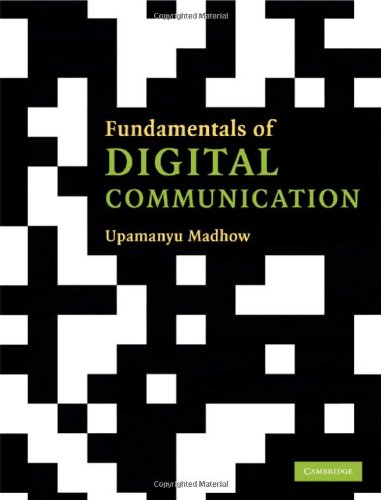
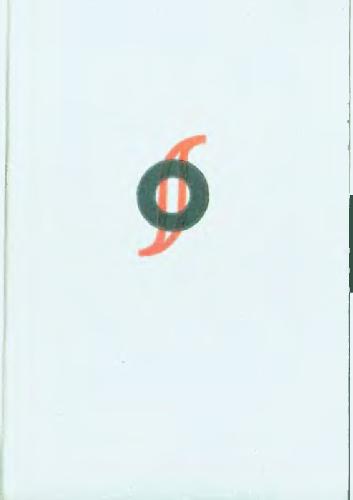

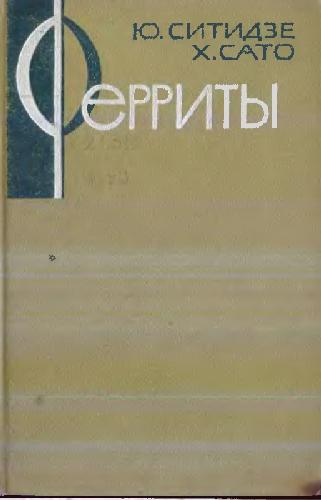
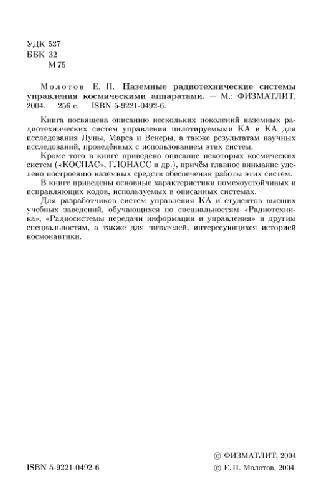
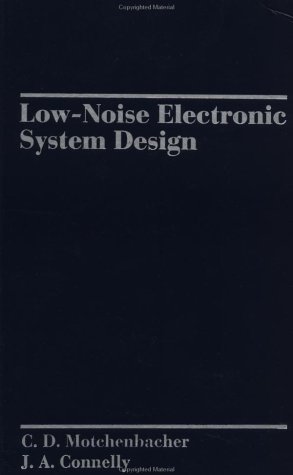
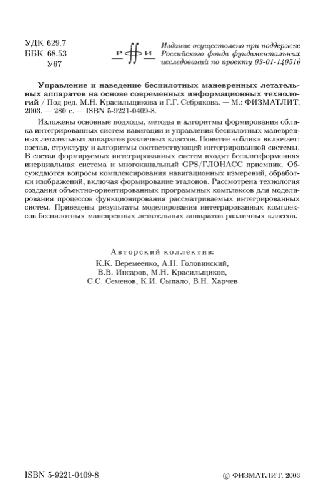
Reviews
There are no reviews yet.